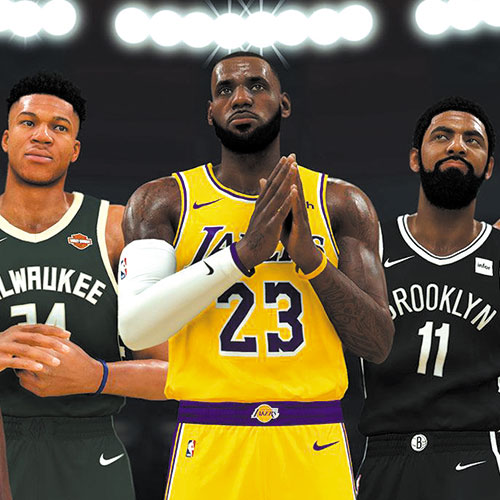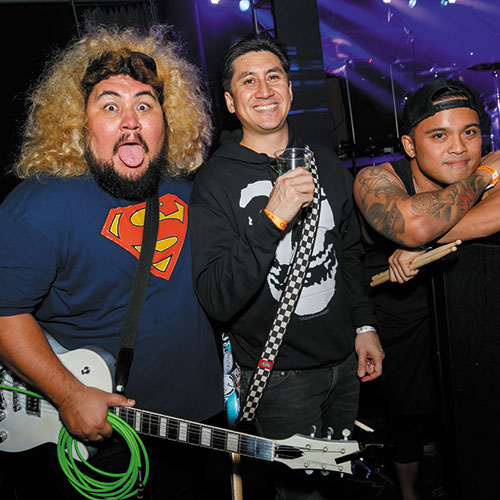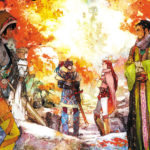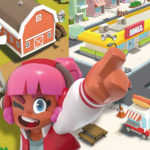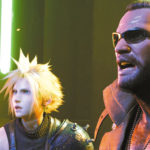Virtual reality immerses you into Marvel universe
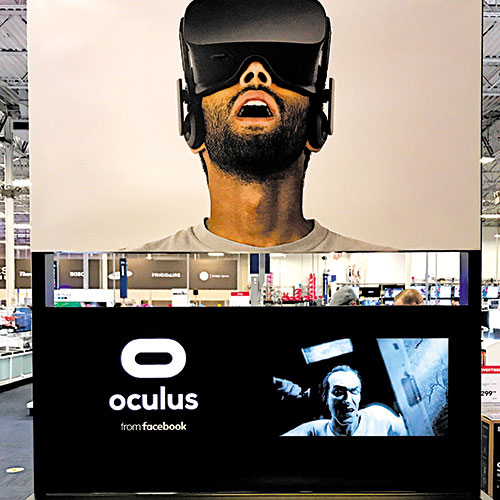
Genre: Action
Developer: Sanzaru
Publisher: Oculus
Rating: Teen
Platform: Oculus VR
By Gieson Cacho | The Mercury News (TNS)
After watching “Spider-Man” cartoons or reading “X-Men” comic books, nearly everyone — at one point or another — imagines that they had superpowers. They run through the house pretending to swing around Manhattan like a favorite web slinger or they play-act as Wolverine cutting through Sentinels.
Now, as virtual reality becomes more prevalent, Marvel fans are closer to making that childhood fantasy feel more real. With “Marvel Powers United VR” on Oculus VR, Foster City-based Sanzaru created a four-player co-op experience that lets gamers take on the role of 18 Marvel heroes, including Black Panther, Captain America, Storm, Spider-Man, Star Lord, Wolverine, Black Bolt and Deadpool.
Players will team up to battle Thanos and a cadre of wide-ranging villains. They’ll visit locales such as Knowhere, Wakanda and Asgard. Because it’s VR, there’s a striking level of immersion. The experience feels like players are in some version of the Marvel universe. It’s a world closer to Earth-616 rather than Earth-199999 or in mainstream parlance; it’s closer to the comic books than the Marvel Cinematic Universe.
In “Powers United VR,” fans are essentially thrown in with three other players and they battle relentless waves of foes. It’s almost like a siege mode, but the combat has a remarkable array of diversity. Each hero has four to six different moves with some being more intuitive than others.
As Captain America, players use the Oculus Touch to reach at their back, as if they’re grabbing a shield, and then they can throw it at enemies like a Frisbee. Of course, flinging can be tiring so Sanzaru also offers alternate controls where players just point at enemies and pull the hand-trigger. It’s a lot like using a pistol.
The movement control, which has been a hurdle to any VR experience, is manageable. Players can turn using the right analog stick. This shifts the perspective in stuttered increments preventing some motion sickness. Players move about the world with the left stick. The A button is used for a jump, which acts almost like a teleport.
The Captain America intro teaches players those basics. This tutorial sets up the conflict. Once players get into the main game, it’s up to them to start running by picking any of the superheroes and choosing the levels.
Each of character has a distinct way of playing. Hulk can jump and barrel through enemies. His basic attack is a powerful punch but he’s slow. Thankfully, if enemies get too close, he can grab and rip them apart or toss them like ragdolls at other adversaries. With all that strength and stamina, he can snatch explosive barrels and toss them like grenades. He’s not invincible though, and the Hulk can go down and teammates will have to revive him.
On the other hand, Spider-Man is a completely different animal. He’s built more on quickness and strategy. He can swing through the air and land atop spindly towers. (That’s something the Hulk can’t do.) He can survey a scene and drop down in the middle of the action, binding foes in webs and working almost as crowd control. He’s also one of the more intuitive heroes to use. Sanzaru did a fantastic job of making you feel like Spidey.
I joined a four-player session that took place on Jotunheim. The mission was to defend these devices on the planet while also fetching batteries later in the quest. For the level, I picked Iceman, and at first I hated him. It was mostly because I wasn’t sure how to use the Omega-level mutant.
I expected him to work like Spider-Man and I had a rough time at it. The thing about Iceman is that he’s more strategic to use. He can toss icicles at foes almost like Spider-Man throws webbing, but it’s done with the Oculus Touch’s index-finger trigger. The other issue is that his other move, which draws ice from the ground, is motion-based. Players have to hold the down hand-triggers and gesture up like he was pulling weeds from the ground. It’s a more powerful move that freezes foes instantly, but it takes longer to do.
After figuring out how to actually use Iceman, I warmed to him. Like Captain Marvel and Storm, he can fly and hover in the air. From there, he can rain down ice on foes and create a super ice blast by collecting his icicles in a ball and firing. On the ground, he can combine his freeze ability with more offensive-oriented heroes for combo attacks. It’s not exactly Thor hitting his hammer on Captain America’s Shield to create a concussive force or having the Colossus toss Wolverine into foes, but it does the job.
Don’t expect any fastball type attacks in “Powers United VR.” According to Mike Doran, executive producer with Oculus Studio, having those types of combo moves would be disorienting to players. Plus, the combat is geared to be fast-paced and having to coordinate a move like that takes away from the action. The game reminds me a lot of a more advanced “Raw Data.”
From what I played, “Powers United VR” is a fun experience. There is a progression system that rewards players after every mission. Some of the progression opens up moves. Others reveal new costumes for characters. Trying to master 18 heroes could be an addictive distraction for some and a fantasy nearly come to life for true believers.
“Marvel Powers United VR” was released on the Oculus Rift on July 26.




